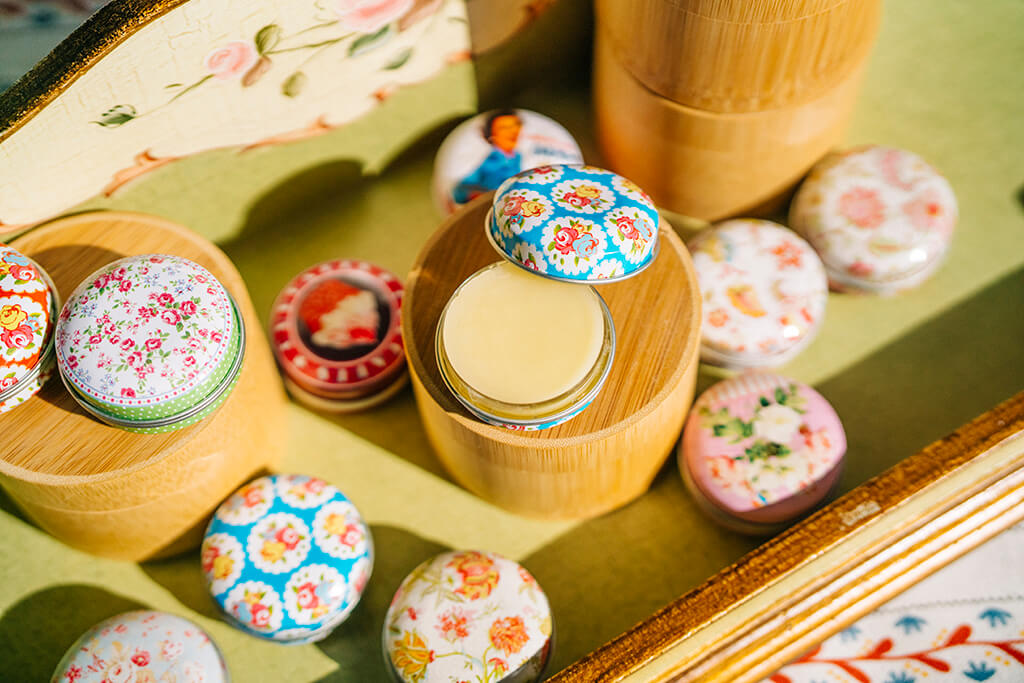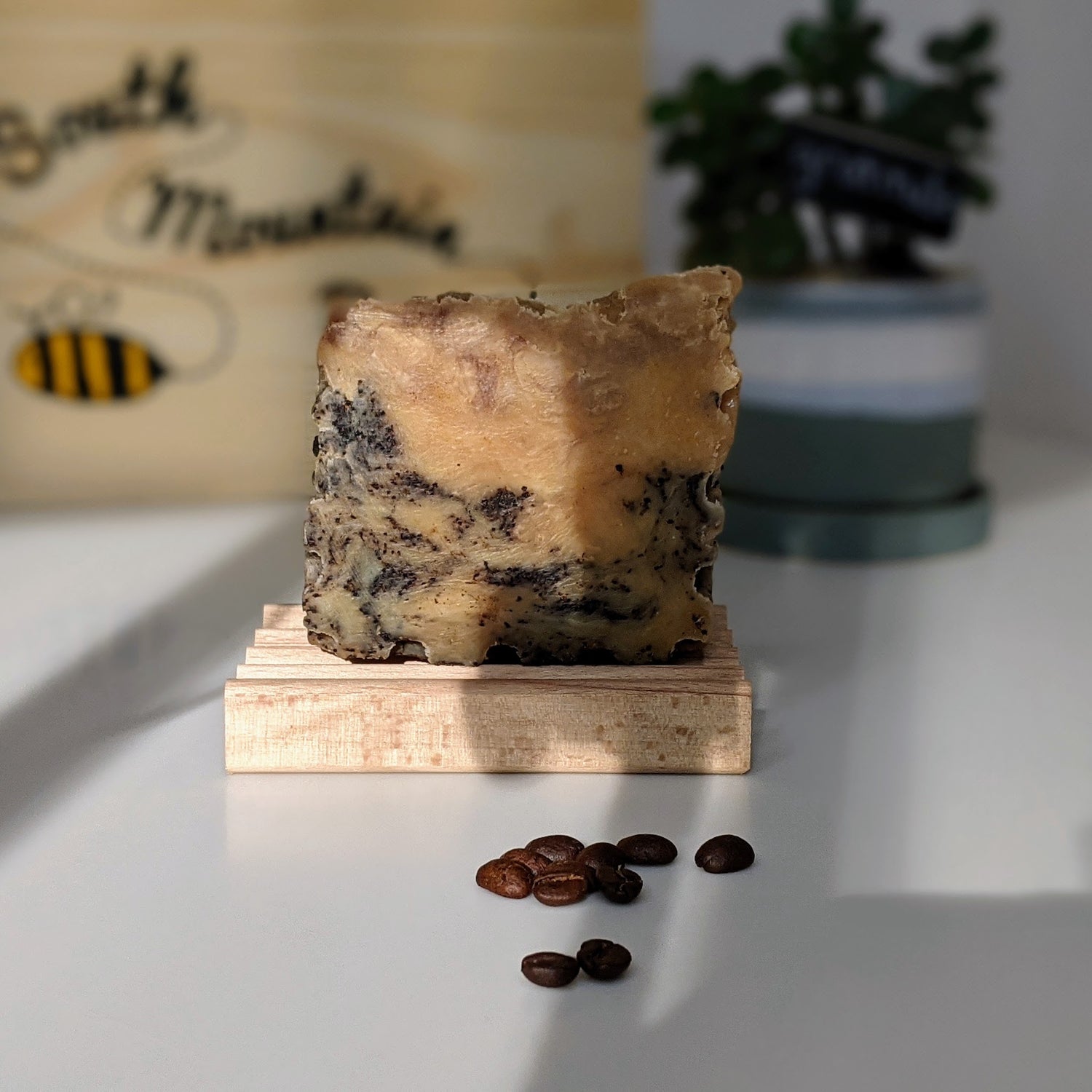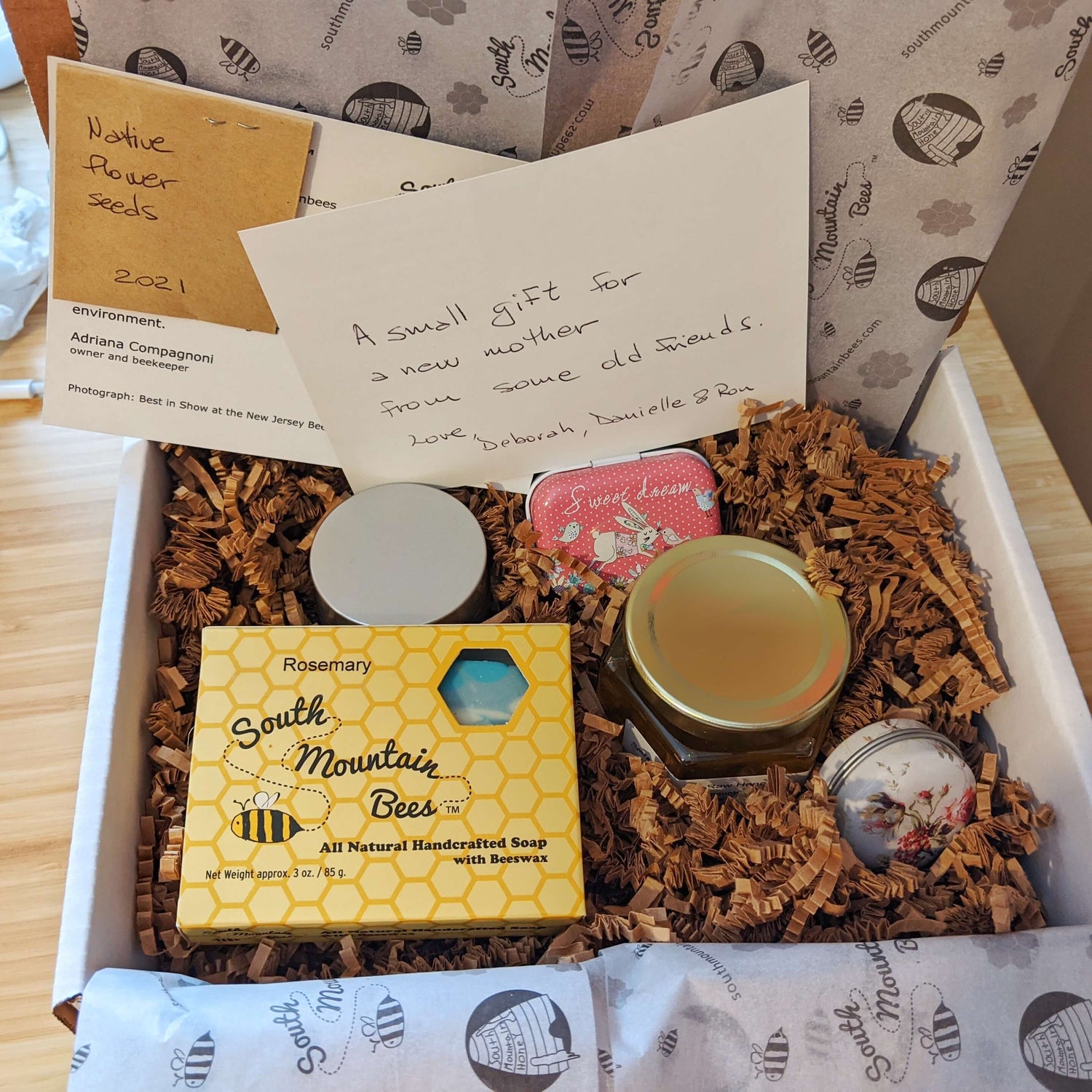How to create a bee bath
What you need:
- A container of your choice. The size could be anything between a bird bath and a shallow salad bowl. It could be glass, plastic, concrete, clay, etc. anything that holds water will do.
- Water.
- A few rock, twigs, acorns, tree bark, dry leaves. It's really your choice. Whatever you have will do.
- A pinch of salt.
- A mosquito donut. You only need a quarter, and it will last you all mosquito season.
- A few drops of lemon grass essential oil (completely optional).
How to do it: (No mystery here. it's really what you imagine!)
- Fill the container with your rocks, twigs, tree bark, etc.
- Dissolve about a teaspoon of salt in a gallon of water, if your container is small, a pinch of salt will do.
- Pour the water in the container. Make sure rocks or any other garden debris stick out of the water.
- Drop the mosquito donut quarter in the container where it touches the water.
- If you happen to have lemon grass essential oil, put a couple drops on any rock or bark that sticks out of the water.
Simple, right? You now have a bee bath for the bees to enjoy.

Let me tell you a bit about bees and water.
Bees need water. They use is for a many purposes, and in those hot summer days, they use it to cool down the hive. Water is part of their air conditioning system: they fan their wings and evaporate the water to lower the temperature of the hive. Isn't that cool? (Sorry, couldn't resist the pun.)
Now is the time to prepare the backyard for summer fun. Set up the bee water source now, and you'll enjoy your yard even more when it gets hot.
We all know that in hot days, when we want to splash some water, bees can become a nuisance. Even if you are unlikely to get stung, who wants to be in a bathing suit too close to stinging insects?
Did you know that bees are very faithful to their water source? That's why the key is to set up a bee bath now. Whatever water source they find first, it's going to be the place they go back to through the season, even if other sources of water become available. They'll ignore the pool and the sprinkler, if they already got used to the bee bath.
Here's a few notes on the bee bath components.
Why garden debris such as rocks and twigs? Bees will drown even in a quarter inch of water. So the twigs and rocks offer a place to stand on. Often you see them on a wet piece of bark that even without visible standing water, it has enough for the bees.
Why salt? We don't really know why, but they seem to prefer salty water. If your neighbor has a salt water pool, you may want to make sure your water source is ready early in the season. The bees and your neighbors will thank you.
What's a mosquito donut? It's a larvicide often sold as a solid in the form of a donut. It kills mosquito larvae, but does not hurt the bees or the bee larvae when they bring the water back to the hive.
Why lemon grass essential oil? It's the scent used in swarm lures, it helps the bees find the water faster, but don't worry, they will find it sooner or later.
Don't let the bee bath dry out. Make sure there's always water in the bee bath, or the bees will find a new source, and it will be hard to lure them back.
Check for mosquito larvae every time you replenish the water, since sometimes the mosquito donut may fall out.
We beekeepers set up a water source in late winter or early spring, so that when bees start flying around, they are less likely to find the neighbors leaky faucet, and use the water we provide.
Ours is ready.
Here's a video of a bee cleaning her tongue in the bee bath on a mild winter day.
Have fun watching the bees!





